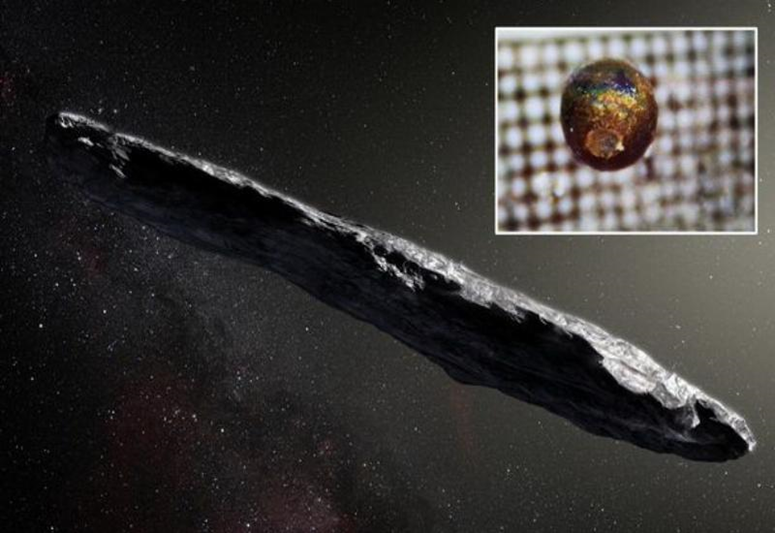!Physicist: We found parts of a "strange spacecraft"

A Harvard University physicist has claimed he may have parts from an alien "spaceship".
Avi Loeb, a physicist at Harvard University in the United States, has recovered 50 small spherical iron fragments from the bottom of the Pacific Ocean that he claims may be material from an interstellar spacecraft.
Loeb links his discovery to the passage of a fireball in January 2014. The meteor was observed by the US Department of Defense sensors that track all objects entering the Earth's atmosphere. The meteorite was recorded as traveling faster than most, eventually crashing over the South Pacific Ocean near Papua New Guinea.
The US Space Agency (NASA) Center for Near-Earth Object Studies (CNEOS) maintains data on the object. Note that the meteor's official name is CNEOS 20140108, and it is also referred to as IM1 (Interstellar Meteorite).
But there is a very big scientific leap between observing a fireball and claiming that it is an alien spacecraft!

In a scholarly article written in 2018, Loeb speculated that “Oumuamua [a comet observed in 2017 as it was leaving the solar system] may be artificial rather than natural in origin, and may be the product of an alien civilization. Therefore, I propose to continue searching for interstellar debris in the solar system.
To do so, Loeb's team combed the CNEOS database, looking for objects with unusual orbital characteristics. Based on its high speed, they suggested it was an interstellar meteor, giving it the more manageable name IM1.
By modeling the trajectory of the fireball, Loeb identified a specific area in the South Pacific Ocean where he believes debris from IM1 will be deposited. After shoveling the area with a powerful magnet, he now claims to have found IM1. But what are the odds that he's found real interstellar space debris, let alone a spaceship? Notably, the recovered metal balls are about half a millimeter in diameter. It is not impossible for her to be of extraterrestrial origin; Several previous space exploration missions have recovered spheres from the sea floor. . The first expedition to find such specimens was HMS Challenger between 1872-1876. The material extracted from the ocean floor contained many mineral droplets, which at the time were described, quite accurately, as "cosmic globules".
It is interesting that Loeb not only believes that the discovered fragments are from space, but also believes that they are from interstellar space. He argued, "This may be the first time humans have ever laid their hands on interstellar matter."

However, the most convincing evidence would be to measure the age of the spheres greater than the age of the Sun; Which will determine whether it is interstellar or not. This would be surprising, but it wouldn't necessarily determine that they have an artificial rather than a natural origin, says Monica Grady, professor of planetary and space sciences at the Open University.
Source: websites

